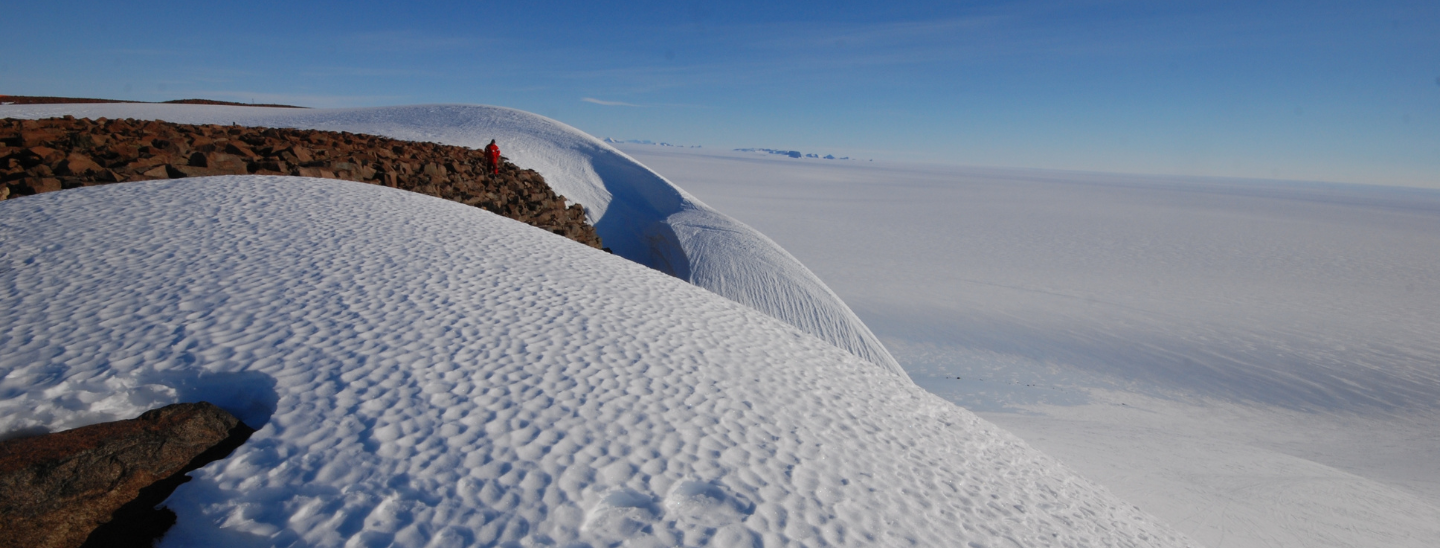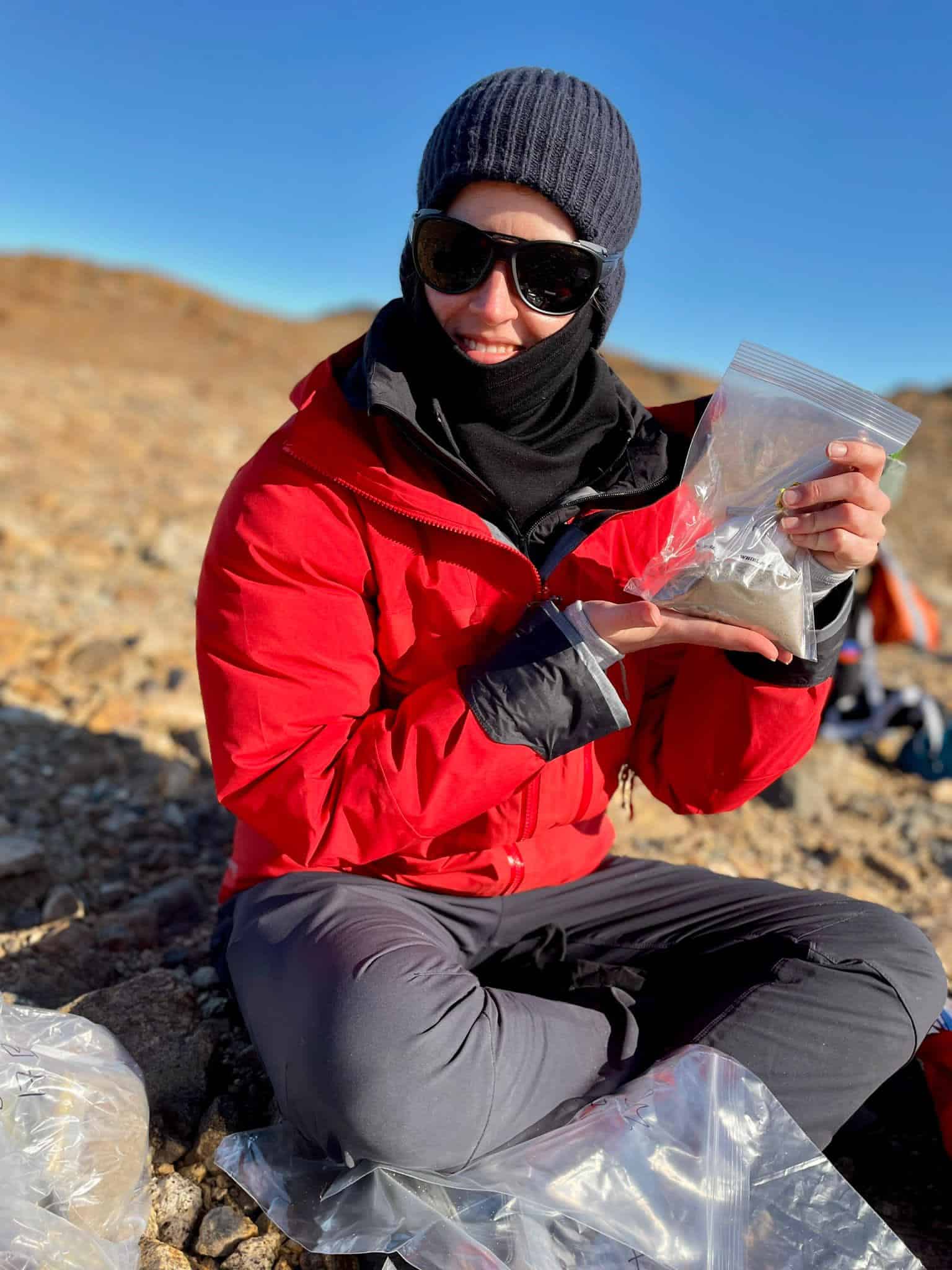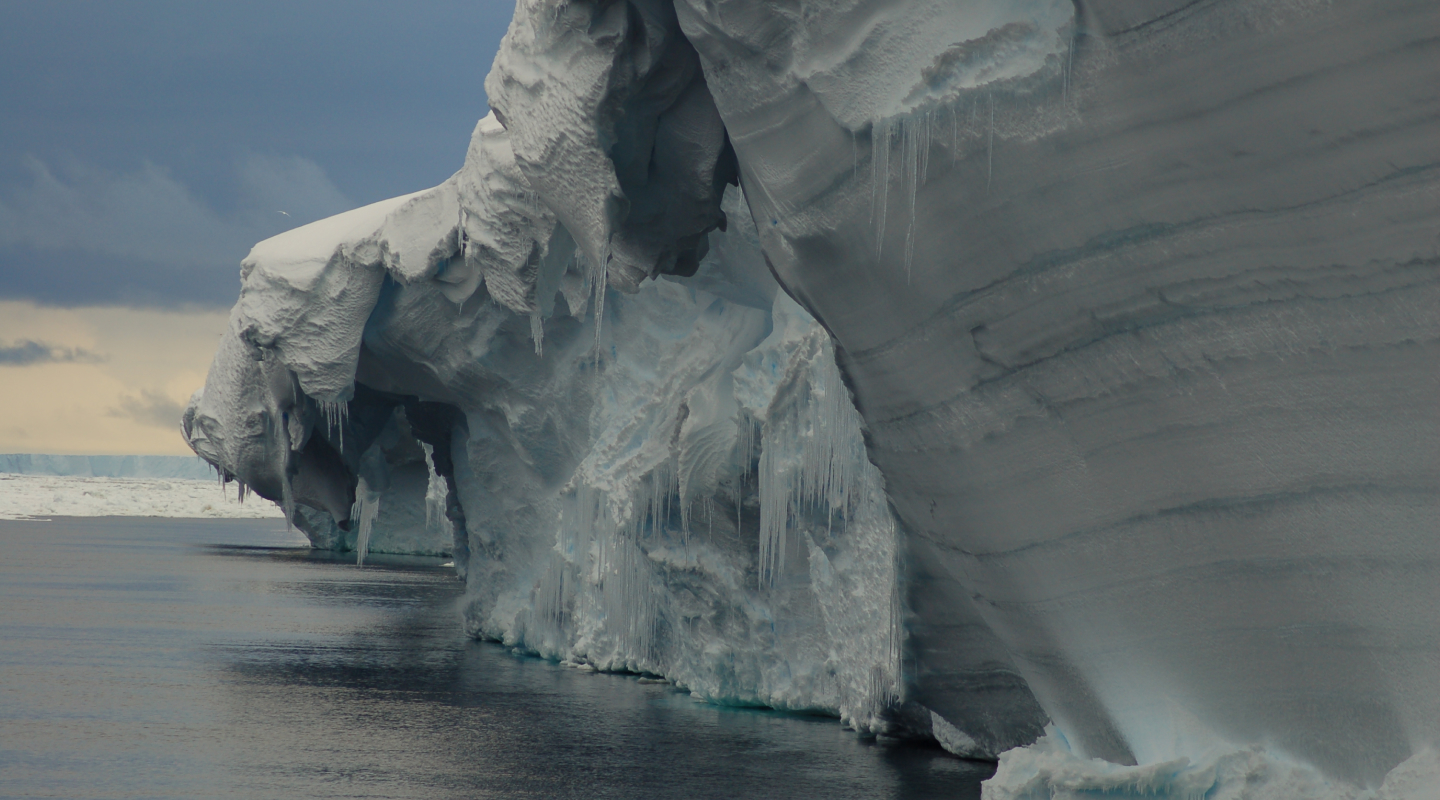In January 2024, SAEF scientists and support personnel travelled to Dronning Maud Land to search for life on nunataks. These ice-free mountain summits tower above the ice and are hotspots for Antarctic biodiversity as home to the region’s tiniest life, such as microbes, invertebrates, moss and lichen. For this reason, they are often called “islands in the ice”. This fieldwork will enable the team to develop a better understanding of the evolution of the Dronning Maud Land landscape and its biodiversity.
The team undertook the following work:
- Collect springtails for genomics research and compare these patterns to rock dating to understand how the landscape has evolved in Dronning Maud Land given the glacial evolution in the region;
- Collect moss samples for radiocarbon dating of their annual growth layers. Moss shoots growing in Antarctica can be hundreds of years old and hold an important record of the local climate within their cells. They offer a climate proxy for ice-free areas of Antarctica where the local climate can be very different from ice-covered areas, differing from ice cores.
- Collect soil samples and conduct in-field gas experiments to examine the extent to which soil microbes in ice-free areas are sustained by hydrogen from the atmosphere, providing insights into the most basic requirements for life on Earth;
- Conduct in-field experiments to understand interactions between vegetation, microclimate and soil microbes and their metabolism.
- Looking for life on nunataks – we will be targeting areas where there are currently no biological records to discover what lives there and contribute to the biological archives.
This expedition was supported by White Desert, through their science logistics program.





